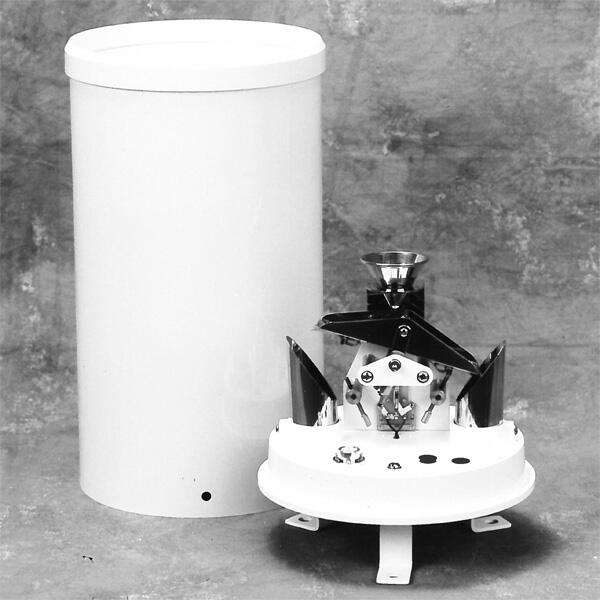Rain Gauge Description: Understanding Its Function and Design

# Rain Gauge Description: Understanding Its Function and Design
A rain gauge is a simple yet essential tool used to measure the amount of precipitation over a specific period. Whether you’re a weather enthusiast, a farmer, or a researcher, understanding how a rain gauge works and its design can provide valuable insights into weather patterns and water management.
## What is a Rain Gauge?
A rain gauge is a meteorological instrument designed to collect and measure the amount of liquid precipitation, primarily rain, that falls in a particular area. It is one of the oldest and most widely used tools in weather observation, dating back to ancient civilizations.
## How Does a Rain Gauge Work?
The basic principle of a rain gauge is straightforward. It collects rainwater in a cylindrical container, and the amount of precipitation is measured by the depth of the water collected. The measurement is typically expressed in millimeters or inches.
There are several types of rain gauges, each with its own method of measurement:
– Standard Rain Gauge: This type consists of a funnel that directs rainwater into a measuring tube. The tube is calibrated to provide an accurate reading of the precipitation.
– Tipping Bucket Rain Gauge: This gauge uses a small bucket that tips when it fills with a specific amount of water. Each tip corresponds to a known volume of precipitation, which is recorded electronically.
– Weighing Rain Gauge: This type measures the weight of the collected water, which is then converted into a precipitation measurement. It is particularly useful for measuring snowfall.
## Design Features of a Rain Gauge
The design of a rain gauge is crucial for ensuring accurate measurements. Key design features include:
– Funnel: The funnel directs rainwater into the measuring container, preventing evaporation and ensuring that all collected water is measured.
– Measuring Tube: The tube is calibrated to provide precise measurements. It is often marked with graduations to indicate the depth of the collected water.
– Outer Cylinder: The outer cylinder protects the measuring tube and funnel from external elements, such as wind and debris, which could affect the accuracy of the measurement.
– Mounting: Rain gauges are typically mounted on a stable surface, such as a post or a tripod, to ensure they remain level and secure during use.
## Importance of Rain Gauges
Rain gauges play a vital role in various fields:
– Agriculture: Farmers rely on rain gauges to monitor rainfall and make informed decisions about irrigation and crop management.
– Hydrology: Hydrologists use rain gauges to study water cycles, predict floods, and manage water resources.
– Climate Research: Meteorologists and climate scientists use data from rain gauges to analyze weather patterns and track climate change.
## Conclusion
Understanding the function and design of a rain gauge is essential for anyone involved in weather observation, agriculture, or environmental science. By accurately measuring precipitation, rain gauges provide valuable data that helps us better understand and manage our natural resources. Whether you’re using a simple standard rain gauge or a more advanced tipping bucket model, the insights gained from this humble instrument are invaluable.
Keyword: rain gauge description
